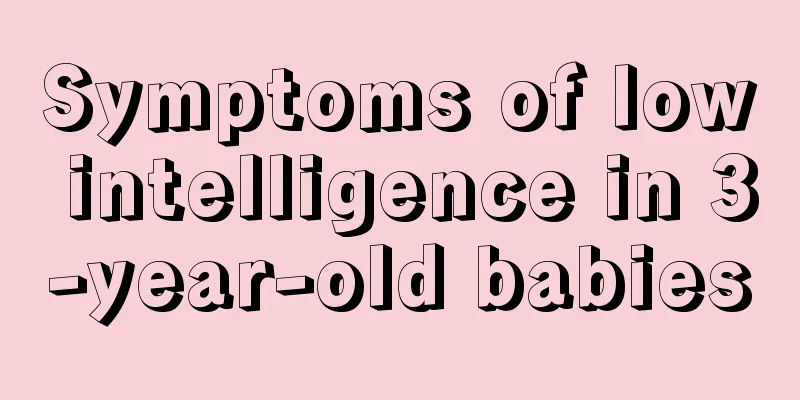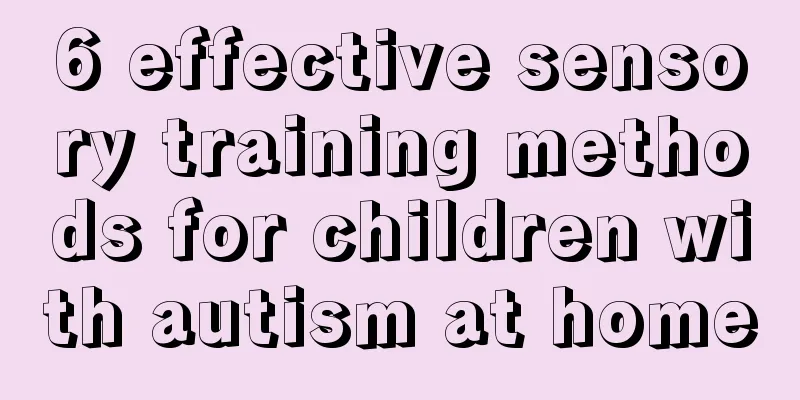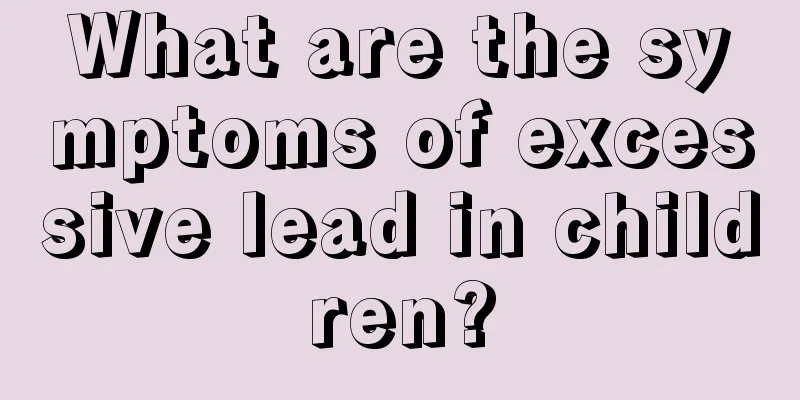How to treat bronchiectasis in children

|
Speaking of bronchiectasis, I believe everyone is familiar with it, because in our daily life, many children or adolescents often suffer from this disease. This disease is a common clinical disease in the respiratory system. Its onset and course are relatively slow, so it is easy to be ignored by everyone. However, if the early stage condition is not actively treated, purulent inflammation is likely to spread, which will seriously harm your health. Early bronchial lesions are mild and small in scope, and there may be no obvious physical signs. When the lesions are obvious, persistent moist rales can be heard at the site of the lesions, which may disappear temporarily after expectoration. About 1/3 of patients with long-term illness may develop clubbing. Repeated infection in patients can cause symptoms of systemic poisoning. There may be no fever in the early stage. However, when the secretions are not drained well and the inflammation spreads, causing pneumonia, lung abscess, pleurisy or empyema, the patient may have a high fever. Recurrent hemoptysis is a characteristic of this disease, accounting for about 50-75%. The amount of hemoptysis varies, ranging from blood in sputum to severe hemoptysis. Blood can spurt out rapidly, with the amount of bleeding reaching hundreds or even thousands of milliliters. After bleeding, blood vessel pressure decreases and contracts, and the bleeding can stop automatically. Bronchiectasis has a slow onset and a long course, so it is easy to be ignored. If not treated actively, some patients with bronchiectasis may develop shortness of breath, cyanosis, pleurisy, empyema, pericarditis and lung abscess due to the spread of purulent inflammation in the surrounding lung tissue, or fibrosis, or a tendency to obstructive emphysema. Some patients with bronchiectasis may develop cor pulmonale, right heart failure, malnutrition, and physical weakness during the course of the disease. Because the symptoms of bronchiectasis are very similar to those of a common cold and cough, it is easily ignored by parents in clinical practice and treated as a common cold. This can be very harmful to the patient's body, because if it is not diagnosed early and correctly, it will cause the disease to spread. Therefore, once early symptoms are found, you should go to the hospital for examination and treatment in time to avoid delaying the best treatment time and causing lifelong regrets. |
<<: What are the dangers of precocious puberty in boys?
>>: What should I do if my baby has diarrhea and refuses to eat?
Recommend
Why does the baby suck his fingers when sleeping?
The question I want to discuss with you today is ...
7 most common mistakes in taking medicine for babies
Every year in my country, approximately 2.5 milli...
Small blisters on the lower lip of a child
The blisters on the lower lip of a child may be c...
First aid treatment for convulsions in children
Parents usually feel very worried after their chi...
What to do if your child has trouble breathing while sleeping
It is the common wish of all parents that every c...
What are the dangers of a child having a high fever?
When a child is sick, parents are the most worrie...
What should I do if my child has a fever? Please give your baby enough love
We adults feel very uncomfortable when we have a ...
What to do if the baby does not sleep during the day or at night
The sleep quality of the baby will also affect th...
How often should newborns have physical examinations?
Children will undergo multiple physical examinati...
What nutrients do children lack that cause their rough skin?
In recent years, the number of people suffering f...
How to treat a baby crying while sleeping
When babies cry while sleeping, our parents don’t...
What to do if your 11-month-old baby has a fever of 38.5
Many newborns will suffer from some diseases, and...
At what age do boys start to grow taller
Nowadays, children in every family are treasures....
What to do if a 14-year-old boy has acne
It is normal for a fourteen-year-old boy to have ...
One year old baby's O-shaped legs
For a one-year-old baby, it is the stage of learn...









